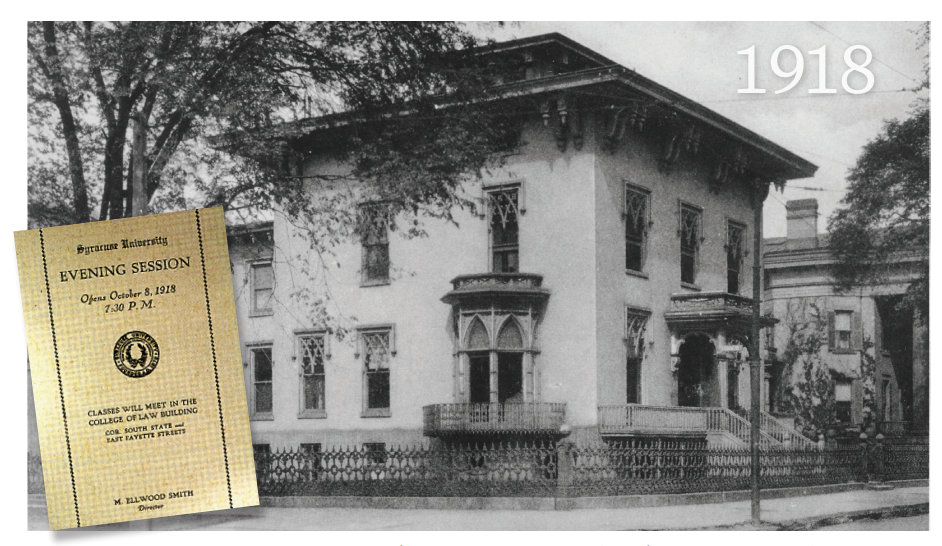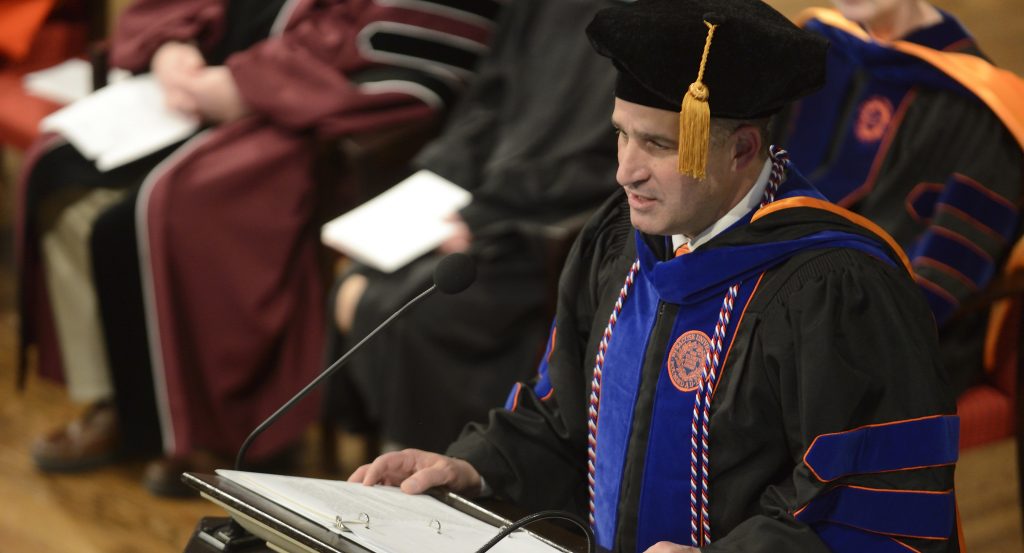The University College Commencement Celebration for part-time students will take place on Thursday, May 10, at 6 p.m. at Hendricks Chapel, followed by a reception on the Quad.

Candace Campbell Jackson
Benjamin Vasquez, who will graduate with a bachelor of professional studies degree in creative leadership, will be the student speaker. Patricia McBride, also graduating with a bachelor of professional studies degree, will be the UC class marshal.
Candace Campbell Jackson, senior vice president and chief of staff for Chancellor Kent Syverud, will be the keynote speaker. Jackson came to Syracuse University in 2015 from the University of Akron, Ohio. She served there as vice president for student success and vice provost for academic success, providing strategic and operational leadership to nearly 600 employees in more than 20 student success and academic support units.
Prior to her career in higher education, Jackson was an attorney in the public law and corporate departments of the law firm Buckingham, Doolittle & Burroughs, LLP. A graduate of Howard University with a bachelor of arts in journalism, Jackson earned a J.D. from the University of Akron.
This year, seven University College students will be named Alumni Scholars. These students have excelled academically while juggling countless other responsibilities, earning a GPA of 3.63 or higher.
Awards will also be given to students to recognize their outstanding achievement and academic excellence and to faculty, staff and departments across campus who demonstrate a commitment to providing quality education to UC students.
The campus community is invited to attend the celebration. To RSVP for the event, visit cc.syr.edu/UCGrad2018, call 315.443.3261 or e-mail ucinfo@uc.syr.edu.



